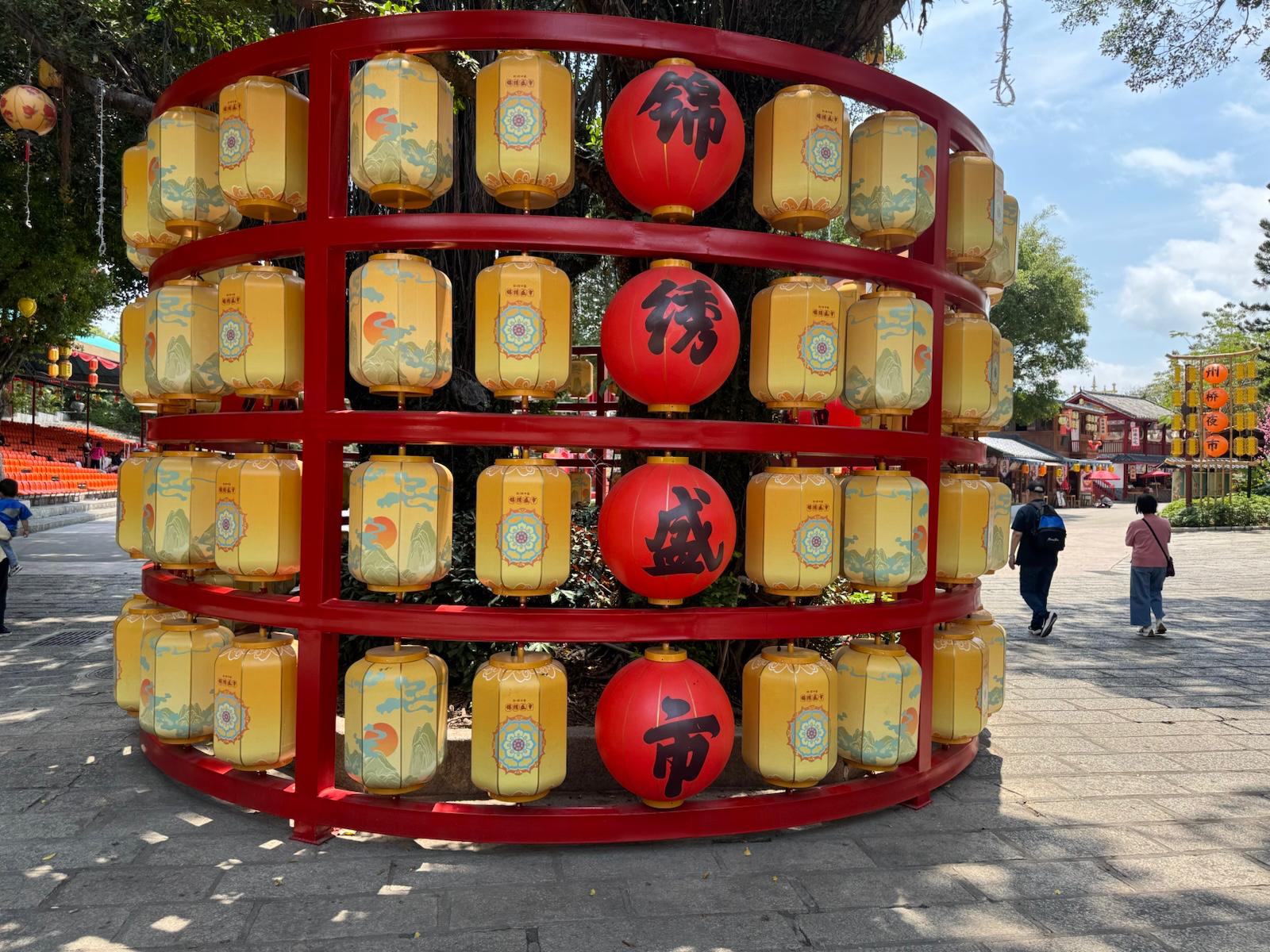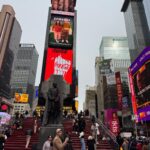This April, my wife Kalpana, my daughter Arina, and I embarked on a fascinating cultural journey through China Folk Cultural Villages in Shenzhen. This remarkable open-air museum showcases the rich heritage of China’s ethnic minorities, featuring meticulously recreated villages, traditional houses, and stunning landscapes. Our three-hour exploration was filled with awe-inspiring sights, from the Thousand Armed and Thousand Eyed Buddha to the Hani Village, the Mao Civilian House, and the breathtaking Rattan Strips Bridge on Derung River. Later, we extended our adventure to Splendid China, where we spent another two hours marveling at miniature replicas of the country’s most iconic landmarks.
In this blog, I’ll take you through our unforgettable experience, highlighting the must-see attractions, cultural insights, and the beauty of China’s diverse traditions.
Table of Contents
Introduction to China’s Folk Cultural Villages
Located in Shenzhen, China Folk Cultural Villages is one of the largest cultural theme parks in the country. It brings together the architectural styles, customs, and traditions of over 20 Chinese ethnic groups, offering visitors an immersive experience.
As we entered, we were greeted by vibrant performances, intricate handicrafts, and stunning replicas of famous landmarks. The park is divided into different zones, each representing a unique ethnic culture.
Key Highlights of Our Visit:
- Thousand Armed and Thousand Eyed Buddha – A mesmerizing religious sculpture
- Hani Village – The terraced fields and unique stilt houses
- Mao Civilian House – A glimpse into traditional Hainan architecture
- The Rattan Strips Bridge on Derung River – An adventurous crossing
- Fairy Cave in Guizhou – A mystical underground wonder
- Stone Forest – A surreal karst landscape
- White Pagoda – A symbol of peace and spirituality

2. The Spiritual Marvel: Thousand-Armed and Thousand-Eyed Buddha
One of the most striking sights in the village was the Thousand Armed and Thousand Eyed Buddha, a magnificent representation of Guanyin (Avalokiteshvara), the Bodhisattva of Compassion. This statue, with its numerous arms and eyes, symbolizes the deity’s ability to reach out and help all beings in need.
Why It’s a Must-See:
- Intricate craftsmanship – Each hand holds a different symbolic object.
- Spiritual significance – A central figure in Chinese Buddhism.
- Photographic beauty – The golden statue against traditional temple architecture is breathtaking.
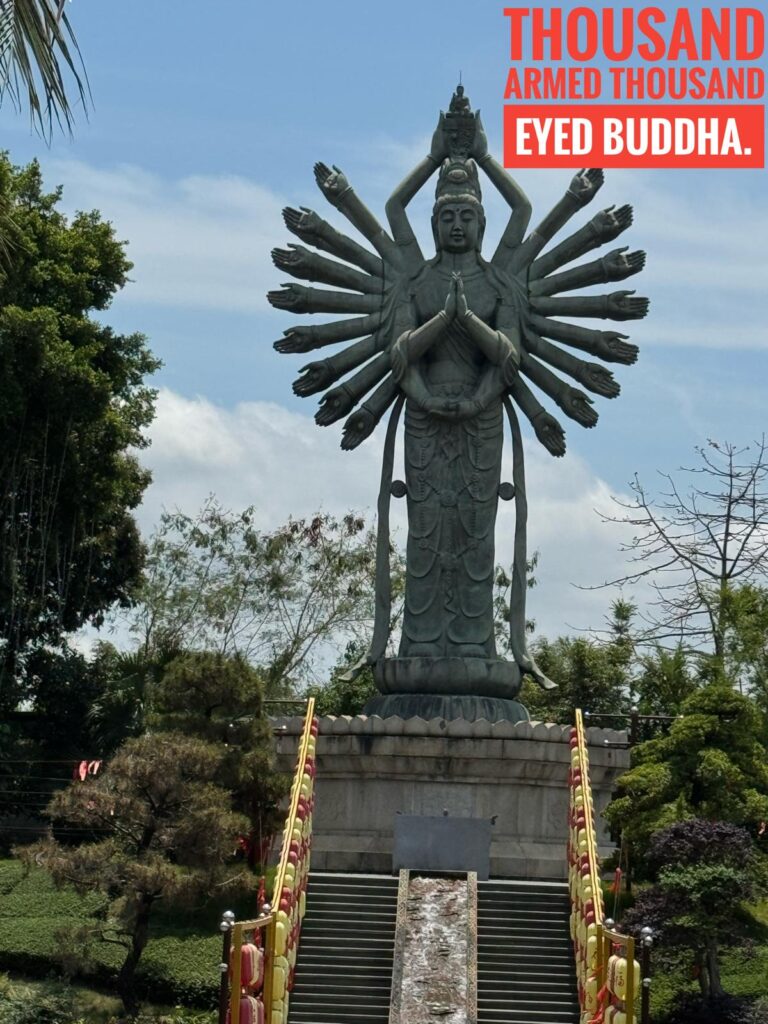
Kalpana was particularly moved by the serene expression of the Buddha, while Arina was fascinated by the artistic details.
3. Hani Village: Terraced Beauty and Ethnic Charm
Next, we wandered into the Hani Village, a recreation of the famous Honghe Hani Rice Terraces. The Hani people, an ethnic minority from Yunnan, are known for their incredible agricultural techniques.
What We Loved:
- Stilt houses – Built on wooden poles, these homes are both functional and picturesque.
- Terraced fields – A UNESCO World Heritage Site replica showcasing sustainable farming.
- Cultural performances – Traditional dances and music that tell the stories of the Hani people.
Walking through the village, we felt transported to the misty mountains of Yunnan.

4. Mao Civilian House: A Slice of Hainan’s Heritage
The Mao Civilian House represents the traditional architecture of the Li and Miao ethnic groups from Hainan. These bamboo and wood houses are designed to withstand tropical climates.
Unique Features:
- Thatched roofs – Providing natural insulation.
- Open courtyards – Reflecting communal living styles.
- Handwoven textiles – Displaying vibrant patterns and dyes.
We enjoyed interacting with performers dressed in traditional attire, who demonstrated folk dances and crafts.
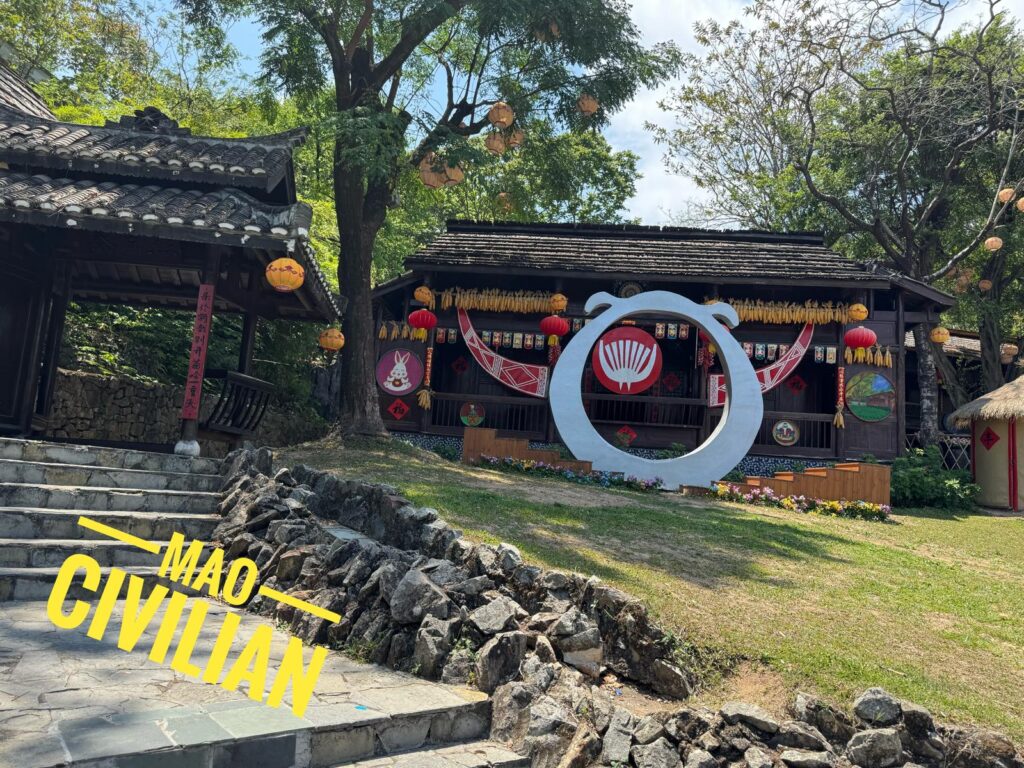
5. The Thrilling Rattan Strips Bridge on Derung River
One of the most adventurous parts of our visit was crossing the Rattan Strips Bridge, a replica of the traditional bridges used by the Derung people in Yunnan. Made entirely of woven vines, this swaying bridge was both exciting and nerve-wracking!
Our Experience:
- Adrenaline rush – The bridge moves with every step!
- Historical significance – An ancient engineering marvel of ethnic minorities.
- Scenic views – Overlooking a simulated Derung River landscape.
Arina loved the challenge, while Kalpana held on tight—but we all made it across with big smiles!


6. Mystical Fairy Cave in Guizhou
The Fairy Cave is a stunning representation of the karst caves found in Guizhou Province. With illuminated stalactites and stalagmites, the cave felt like a hidden underground palace.
Why It’s Enchanting:
- Ethereal lighting – Creating a magical atmosphere.
- Legendary tales – Local folklore says fairies once lived here.
- Cool retreat – A perfect escape from Shenzhen’s warmth.
We took our time exploring the cave’s intricate formations, feeling like explorers in a mythical world.
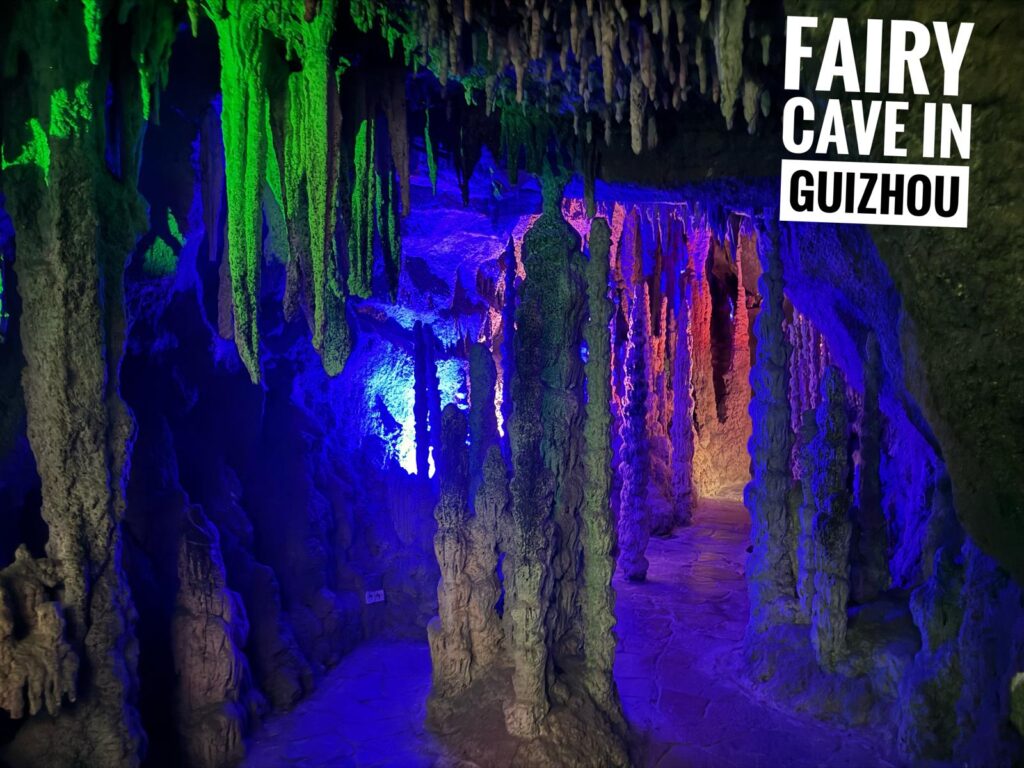
7. The Surreal Stone Forest
A short walk led us to the Stone Forest, a miniature version of the famous Shilin in Yunnan. These towering limestone pillars, shaped by centuries of erosion, create a maze-like landscape.
Highlights:
- Natural artistry – Rocks resembling animals, warriors, and mythical creatures.
- Ethnic legends – The Yi people believe the stones are petrified figures from ancient tales.
- Great photo spot – We captured some of our best family pictures here.
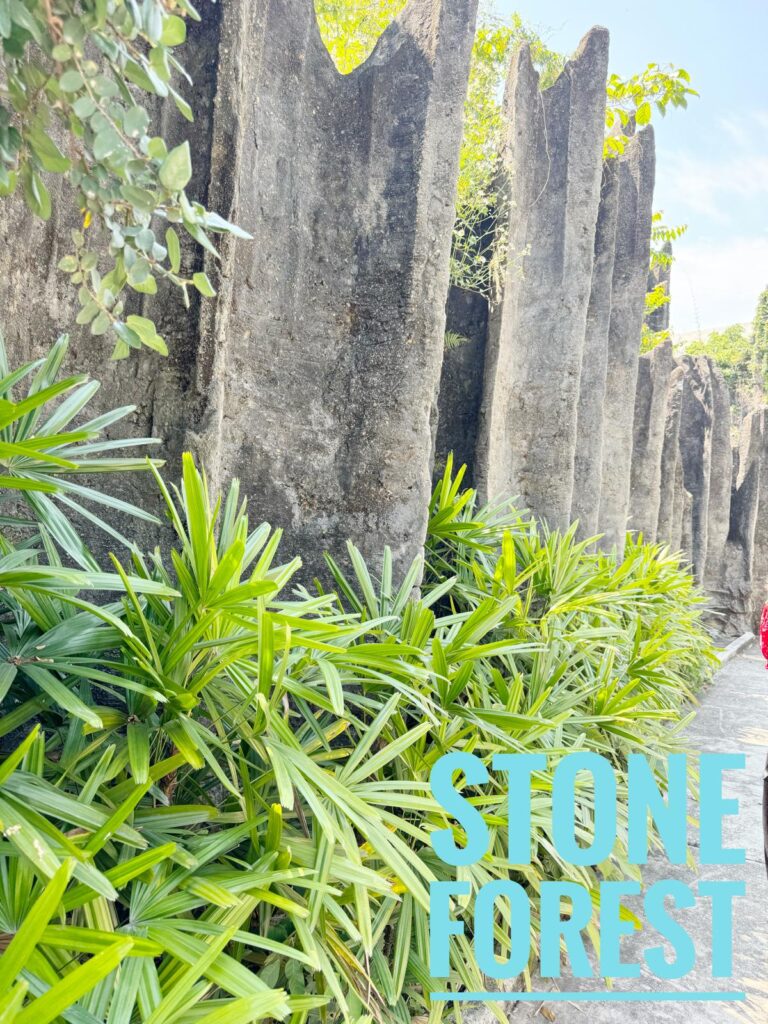
8. The Serene White Pagoda
Our cultural journey concluded at the White Pagoda, a replica of Tibetan stupas symbolizing peace and enlightenment. The pristine white structure, adorned with golden accents, was a tranquil spot to reflect on our experience.
Spiritual Significance:
- Buddhist symbolism – Represents the path to Nirvana.
- Architectural beauty – A blend of Tibetan and Han styles.
- Meditative ambiance – Perfect for a quiet moment before leaving.
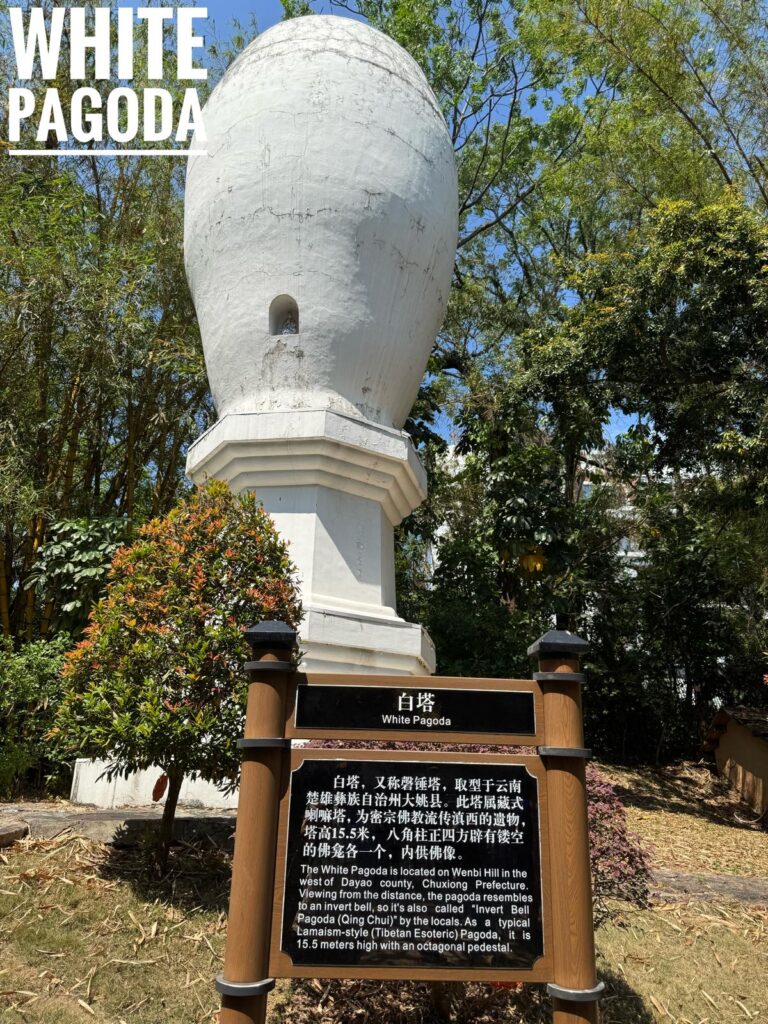
9. Extending Our Adventure: Splendid China
After three enriching hours at the Folk Cultural Villages, we headed to Splendid China, a neighboring park featuring miniature replicas of China’s most famous landmarks.
What We Covered in 2 Hours:
- The Great Wall – A scaled-down but impressive version.
- Forbidden City – Detailed miniature palaces.
- Terracotta Warriors – A glimpse into Xi’an’s ancient army.
- Potala Palace – The majestic Tibetan landmark.
It was like traveling across China in just an afternoon!
10. Final Thoughts: A Must-Visit Cultural Gem
Our visit to China Folk Cultural Villages was more than just sightseeing—it was an immersive education in China’s ethnic diversity. From the spiritual Thousand Armed and Thousand Eyed Buddha to the thrilling Rattan Strips Bridge, every moment was unforgettable.
Tips for Future Visitors:
✔ Wear comfortable shoes – The park is vast, with lots of walking.
✔ Check performance schedules – Ethnic dances and rituals are a highlight.
✔ Combine with Splendid China – Maximize your day with both parks.
✔ Bring a camera – Every corner is photogenic!
If you’re visiting Shenzhen, don’t miss this incredible celebration of China’s cultural heritage. Whether you’re a history enthusiast, an architecture lover, or just looking for a unique family experience, China Folk Cultural Villages promises an unforgettable journey.

